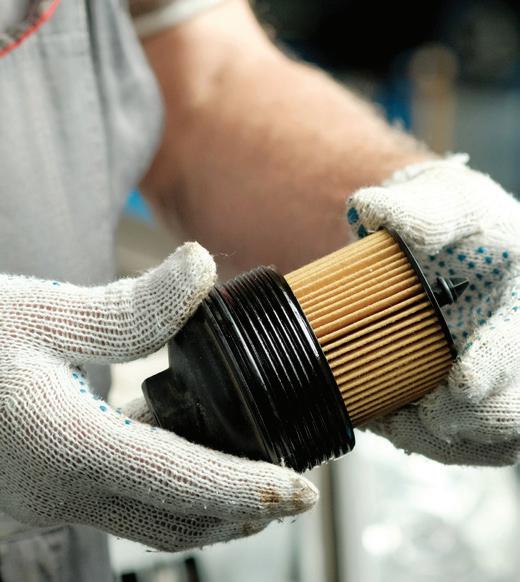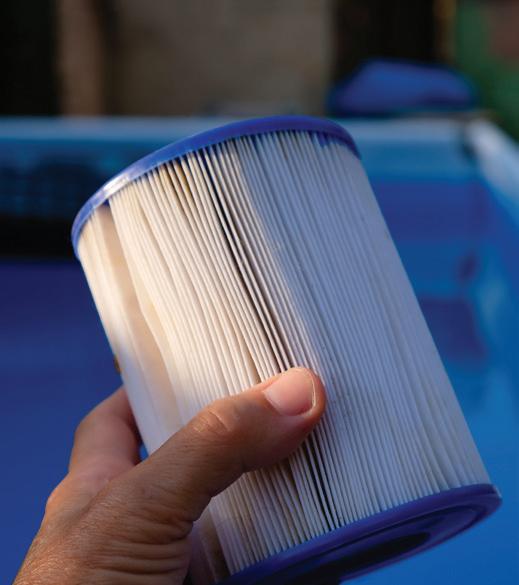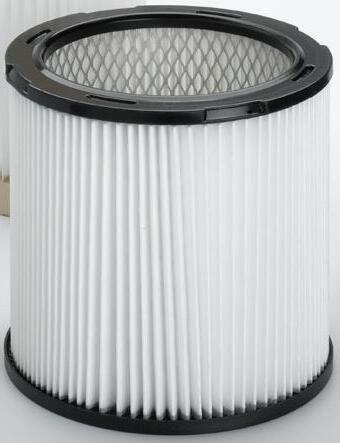
2 minute read
Unravelling Particle Deposition on Fibers and Formation of Dendrites
Particle deposition on fibers within loaded filters is a pivotal factor influencing the efficiency and overall performance of air filtration systems. This study delves into the intricate mechanisms governing particle deposition, placing a particular emphasis on the formation of dendrites observed on fibers. The exploration is centred around a specific scenario involving a single particle characterized by dimensions X and density Y. The objective is to scrutinize the trajectory of this individual particle as it traverses through the fibers, raising fundamental questions about its ultimate deposition location. As particles accumulate within a filter, they not only impact the filter’s structure but also exert a profound influence on both the pressure drop across the filter and its collection efficiency. Understanding the mechanisms of deposition and their consequential effects on filter performance is imperative for optimizing air filtration systems. However, this is a highly intricate process that remains an active area of research.
So, what are dendrites?
Dendrites, characterized by branch-like structures formed through the deposition of particles as seen in the below image, offer a visual representation of the dynamic interplay between particles and fibers. The formation of these dendritic structures is intricately linked to the dominant deposition mechanism at play.
By focusing on the specific scenario involving a single particle, the study aims to shed light on the nuanced trajectory of particles through fibers, raising questions about the ultimate deposition location and, consequently, the structural alterations within the filter. This research seeks to unravel the complexities surrounding particle deposition, providing insights into the mechanisms that govern this phenomenon.
Deposition Mechanisms
Brownian Diffusion Deposition
Brownian diffusion is a fundamental mechanism where particles collide with each other and the fibers due to random motion. This mechanism results in a uniform distribution of par ticles across the entire fiber surface, covering the overall fiber circumference. The interplay between particle size and Brownian motion determines the deposition pattern, and understanding this diffusion process is vital in pre dicting the formation of dendrites.

Interception
In interception, particles are captured on the leading surface of the fiber, follow ing the airflow path. This mechanism is influenced by the size of the particles and the geometry of the fi bers. The trajectory of particles becomes crucial, as those following the airflow path are more likely to be intercepted and deposited on the fibers. Explor ing the dynamics of interception sheds light on the preferential deposition sites and contributes to the understanding of dendrite formation.

Inertial Impaction
Particles with higher inertia predominantly deposit near the front stagnation point of the fiber during inertial impaction. This mechanism follows a straight path, and particles settle solely on the fiber’s face.
particle deposition mechanisms and dendrite formation is crucial for designing effective air filtration systems. Tailoring filter materials and configurations based on the characteristics of the particles and the filtration environment
The size and velocity of particles play a pivotal role in determining the extent of inertial impaction. Investigating this mechanism is essential for comprehend ing how particle characteristics influ ence the formation of dendritic structures on fibers.
Particle Trajectory and Deposition Location
The investigation into the trajectory of a single particle with di mensions X and density Y involves considering the interplay of all principal mechanisms of air filtration. The ultimate deposition location depends on the intricate balance between Brownian diffusion, interception, and inertial impaction.
Does the particle settle on the same side it encounters, or does it load to the opposite side? The answers lie in the dynamic interplay of these deposition mechanisms. Understanding particle deposition mechanisms and dendrite formation is crucial for de-









By Bob McIlvaine President The McIlvaine Company
Bob McIlvaine is the president of The McIlvaine Company, which is helping filter suppliers understand the true cost of their products and the impact on the Serviceable Obtainable Market. He can be reached at rmcilvaine@ mcilvainecompany.com or +1 847.226.2391










